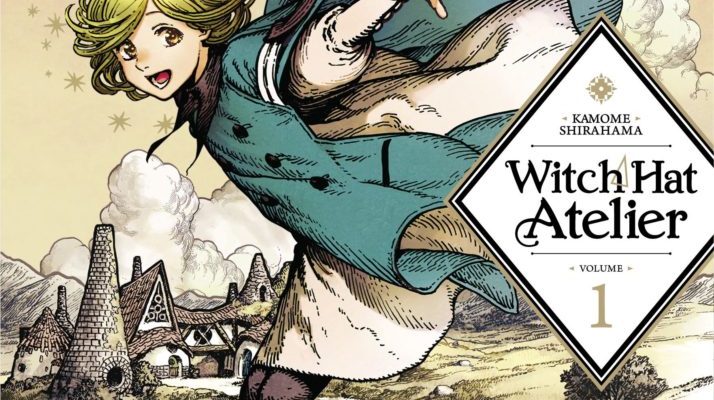
Witch Hat Atelier is a manga with gorgeous art, compelling plot and characters, and an endlessly fascinating world. What I’m especially impressed by, however, is the way it manages to achieve a near-perfect balance of complexity and simplicity in its storytelling. It goes beyond the boundaries of manga and deep into the general world of fantasy fiction.
A Robust Yet Accessible Tale
I love the variety brought by manga in general, but it can often be difficult to recommend titles to a wider audience because of a focus on an incredibly niche subject, an issue of how approachable problematic tropes might be, or just the sense that you have to be “into” manga to read certain titles. More emotional stories might get criticized for lacking a robustness of environment, while those with careful attention paid to world building might be seen as too heady for their own good. Where Witch Hat Atelier differs from so many titles is that it manages to be both emotional and intellectual, and makes it difficult to distinguish where one begins and the other ends.
The Story
Witch Hat Atelier takes place in a world where magic exists but is almost entirely out of reach for most people, instead being the sole domain of those inherently gifted with it. Coco, the young daughter of a dressmaker, wishes she could become a witch, but when she tries to mimic a Wizard named Qifrey by drawing runes, she accidentally turns her mother to stone. Qifrey takes Coco under his tutelage so that she can learn how to undo the curse on her mother (a forbidden spell), and it’s from Qifrey that she learns the truth: Magic is usable by anyone, but the devastation it has caused in ages past has resulted in its gatekeeping by the Wizards, who seek to keep history from repeating itself. All it takes is the right ink and the ability to draw magic circles, but with that knowledge comes great responsibility.
The Political Nature of Witch Hat Atelier
Right from the premise, you have many different elements coming together into a tale that stimulates on multiple levels. Coco is a young heroine whose goals tap into a love of the mysterious but also a sense of guilt, and the supporting characters all have their own hopes and dreams that are as myriad as their unique personalities. The true nature of magic is that it’s built on a logical system, but having it executed through drawing brings a wondrously creative and artistic side as well. Most fascinating of all, the fact that magic is essentially a form of structured knowledge evokes both the political and the philosophical—namely whether closely guarding the truth of magic is ultimately for good or for ill.
Overall
What Witch Hat Atelier manages to achieve is a story with depth and breadth. There’s an endless path of discovery beyond the characters due to magic’s history within the world, but Coco, Qifrey, and every other soul within the story are like universes unto themselves. Their stories are straightforward yet intricate, and each chapter is more rewarding than the last. It’s no wonder that this manga is so beloved. Between this and Shirahama’s other title, Eniale & Dewiela, I hope we can see more of her manga work in English.








